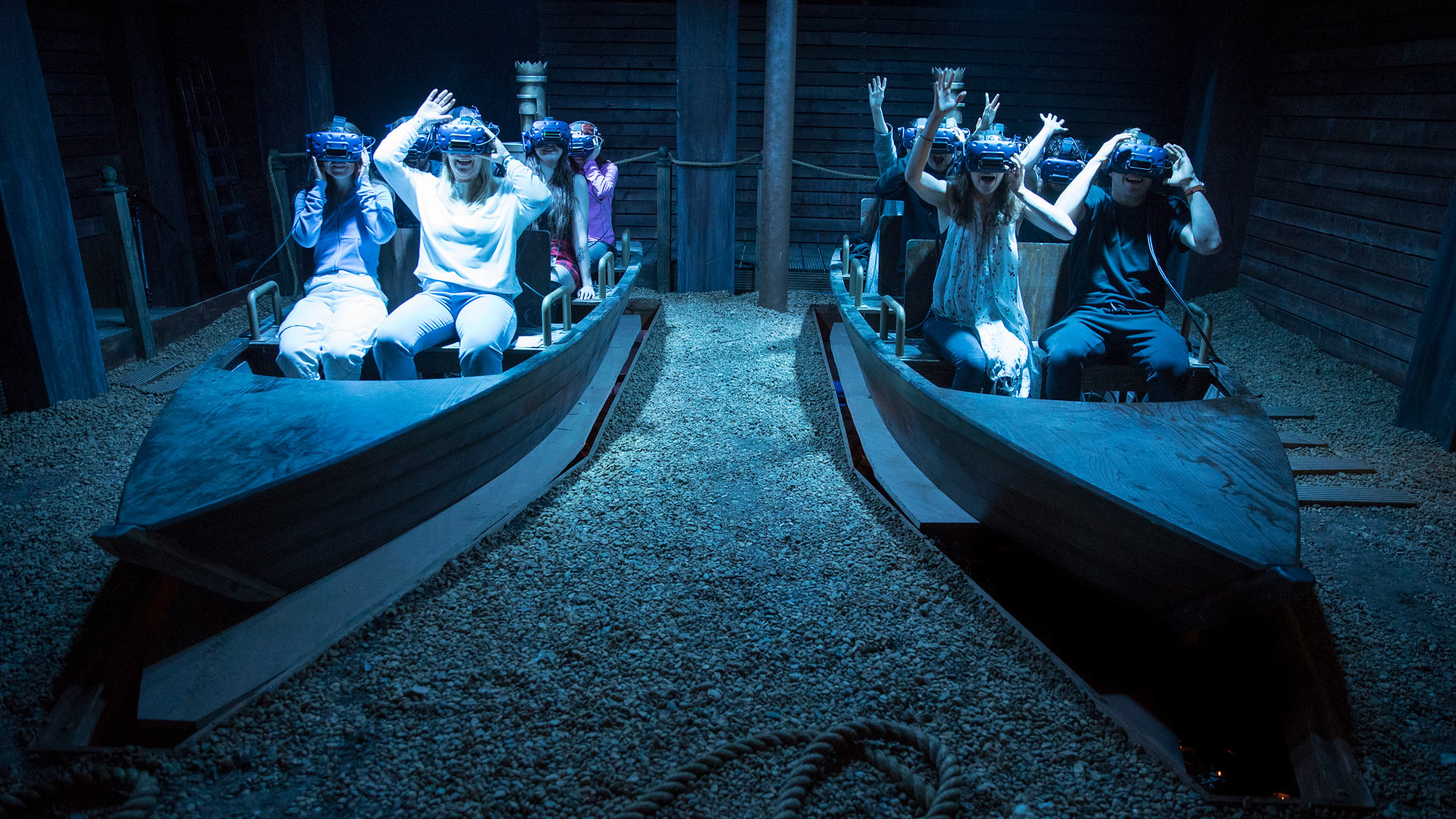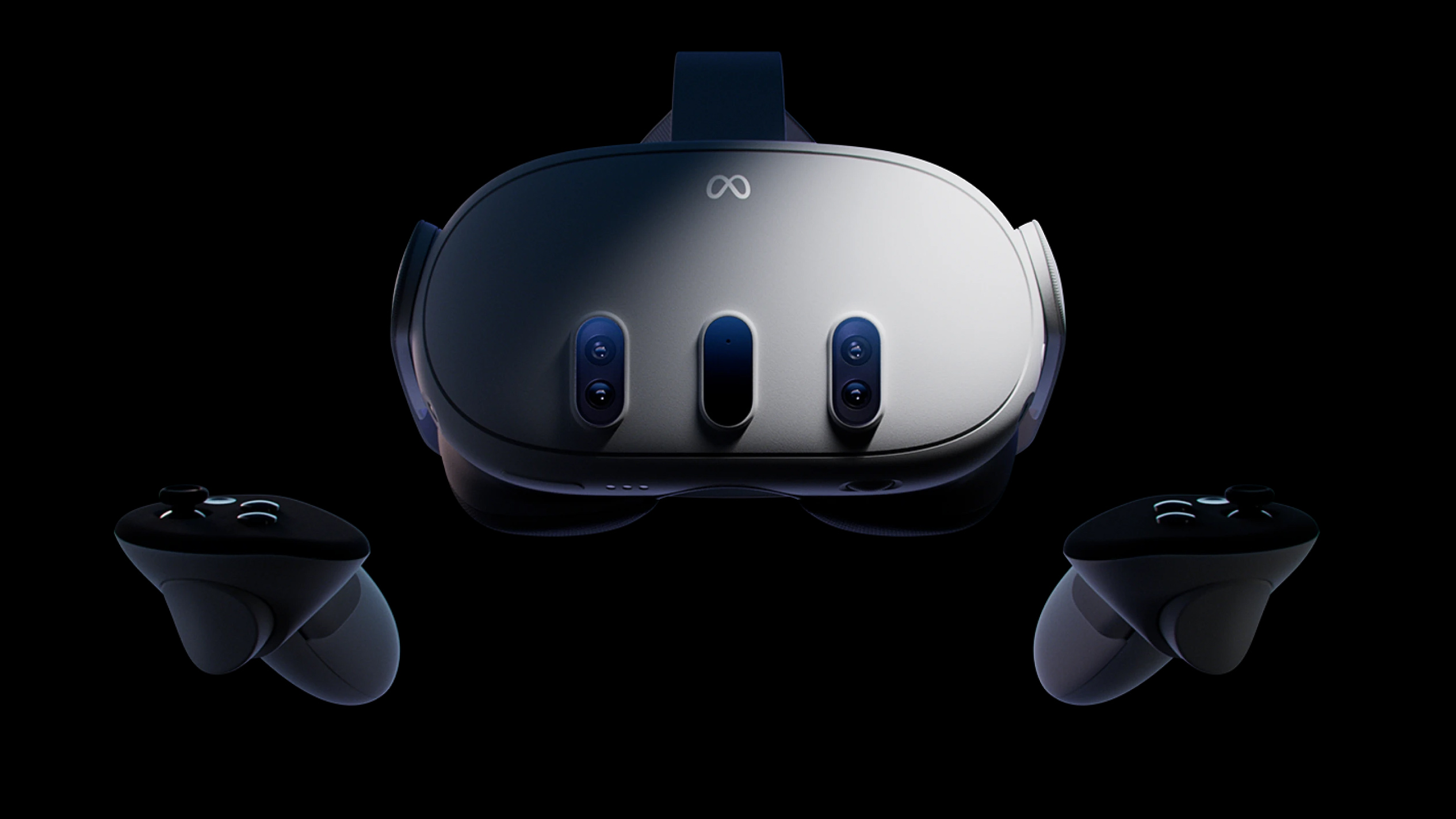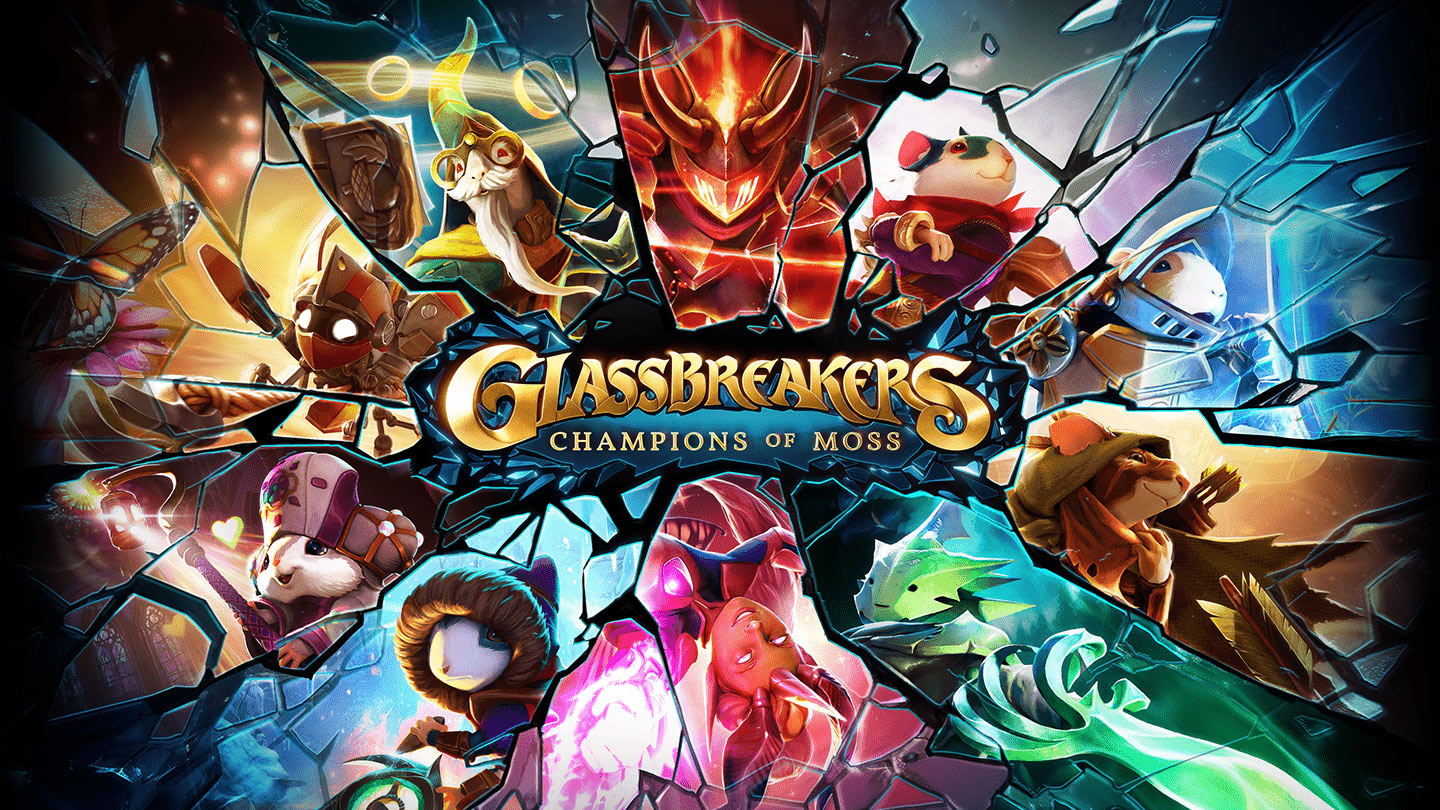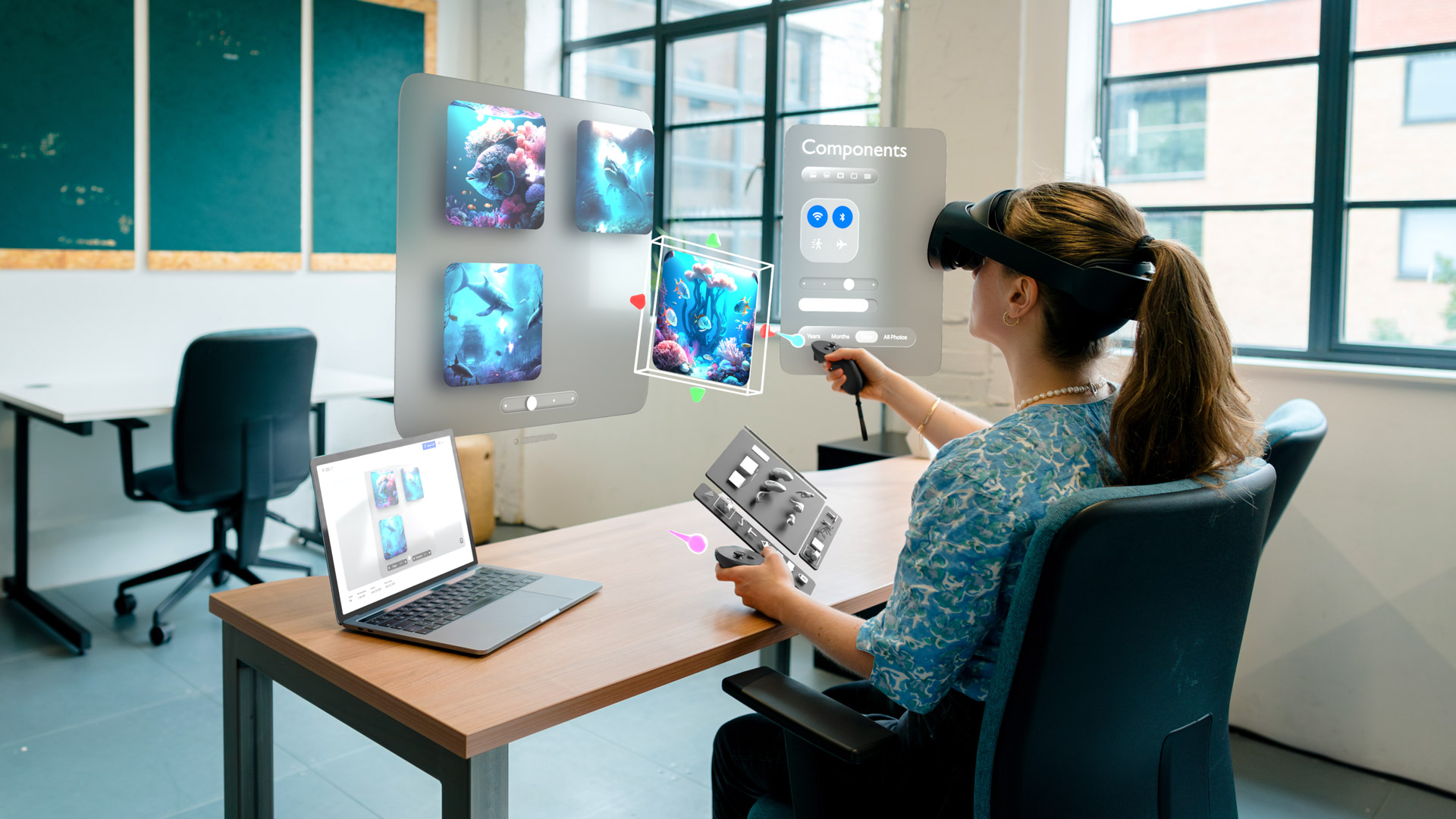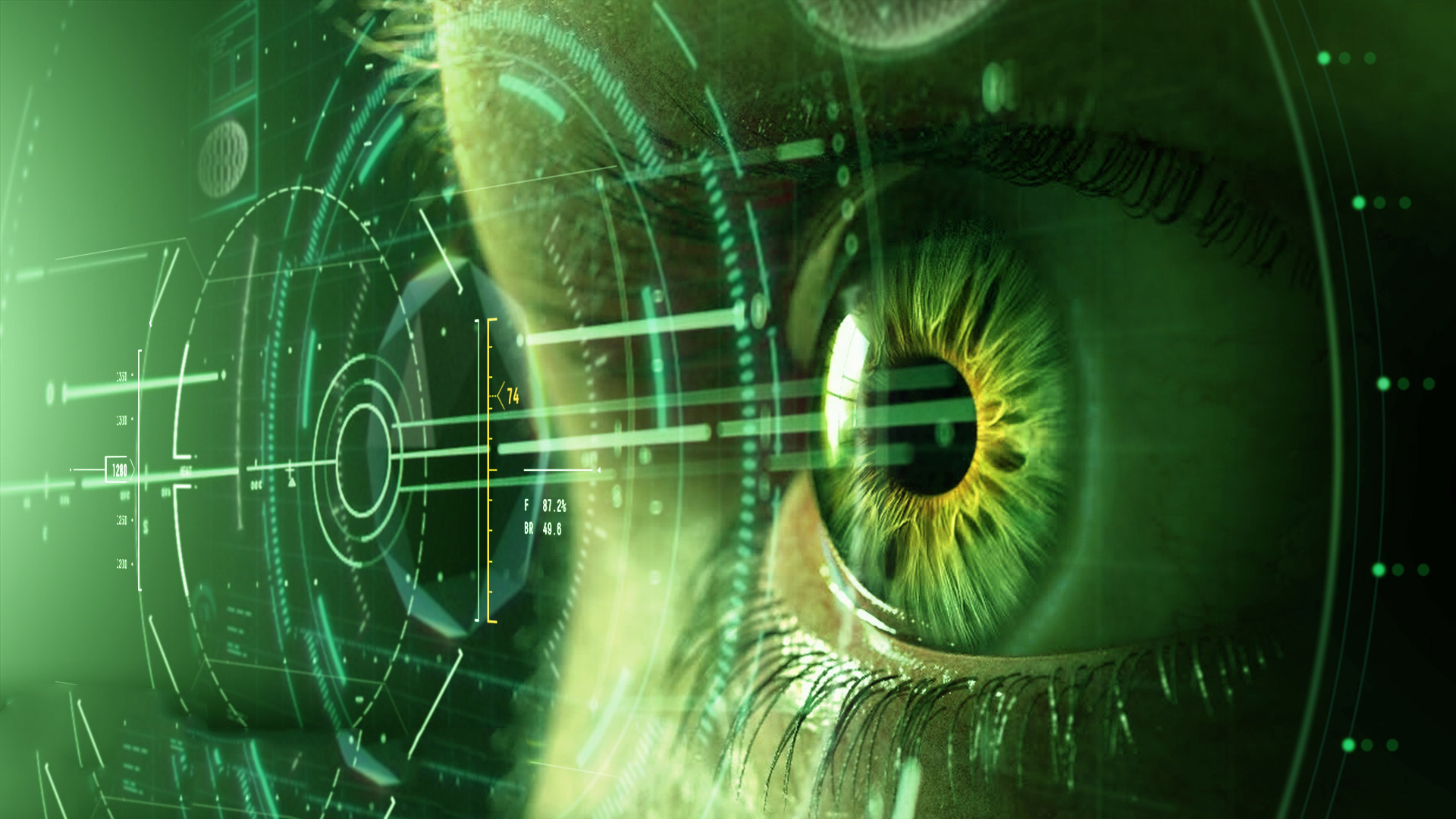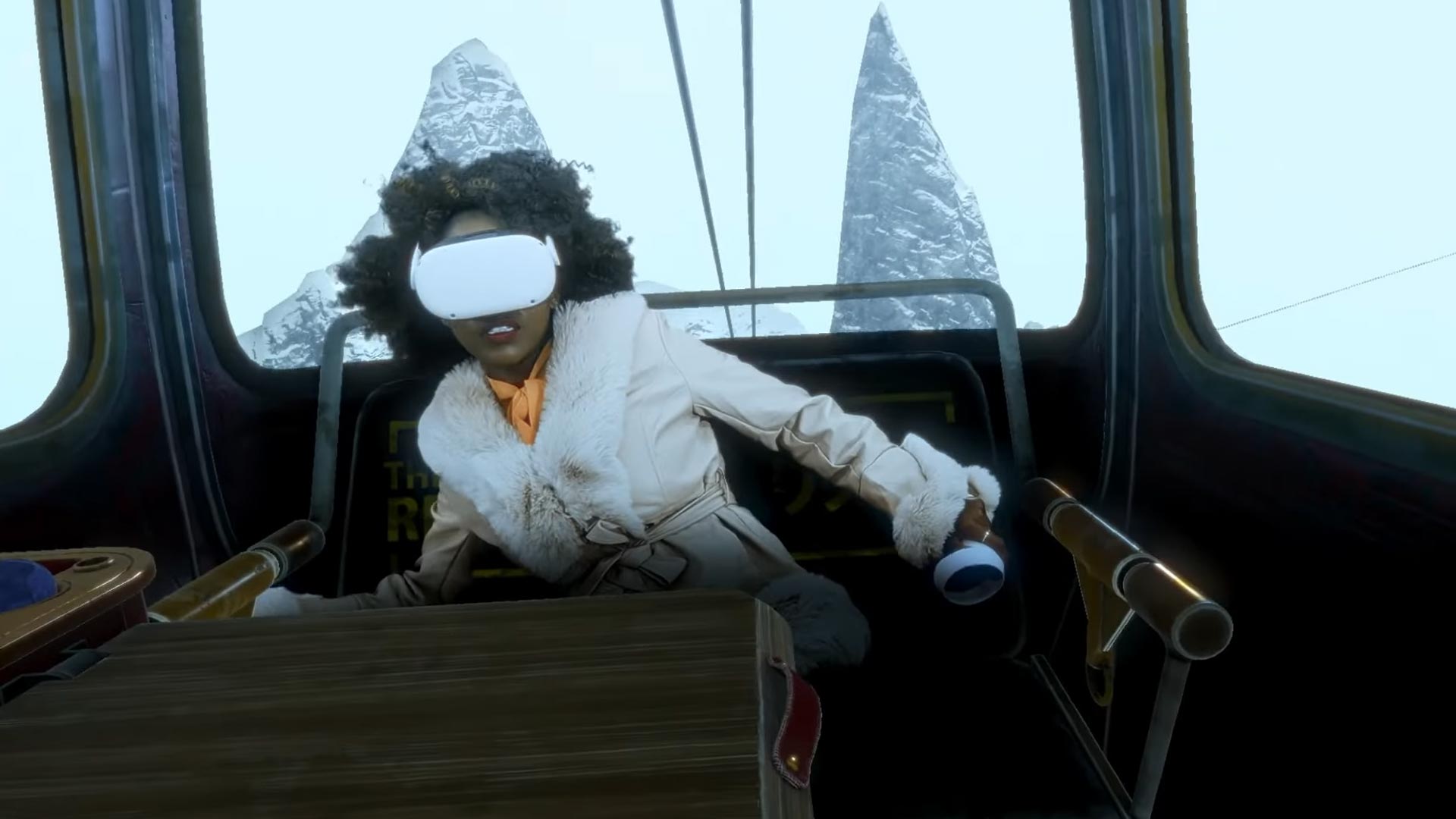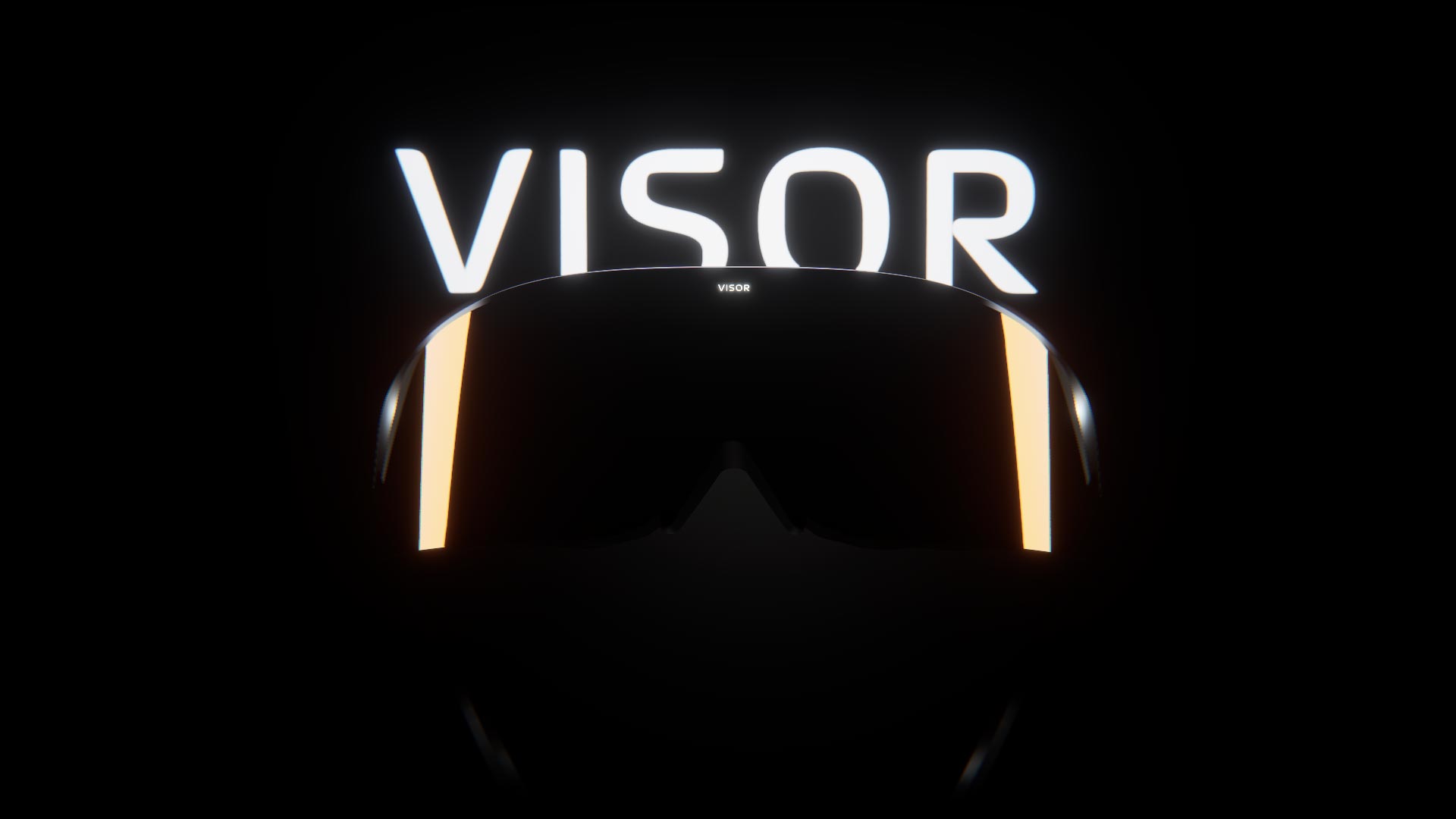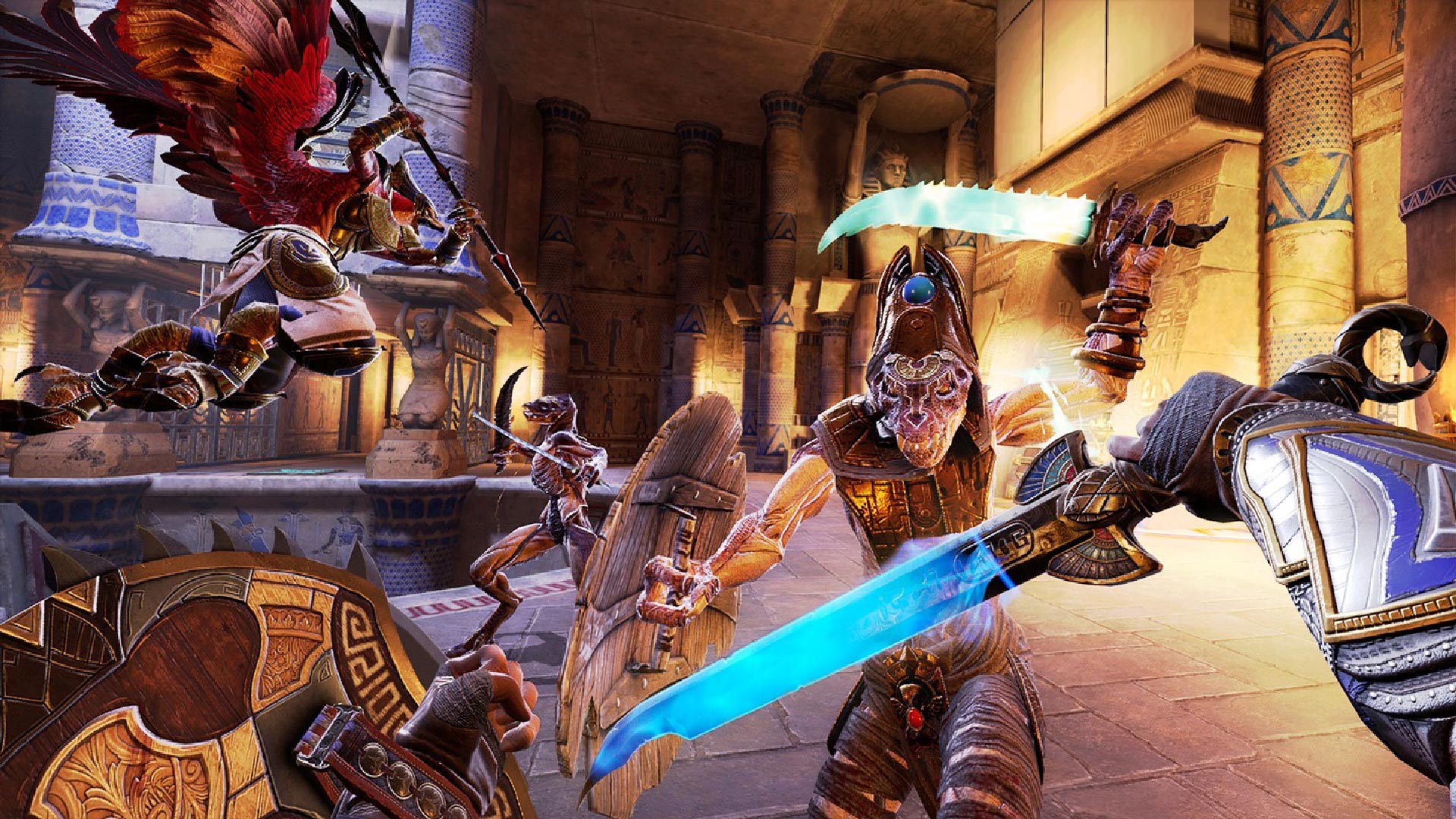Road Testing the Latest Location-based VR Experiences
FacebookTwitterLinkedinRedditSubscribe The Daily Roundup Newsletter Keep your finger on the pulse of the XR industry with the Daily Roundup, the most important news in one daily email. Thank you for Signing Up Please correct the marked field(s) below. 1,true,6,Contact Email,2 Location-based VR has bounced back since the pandemic. So let’s get some arcade action! The
